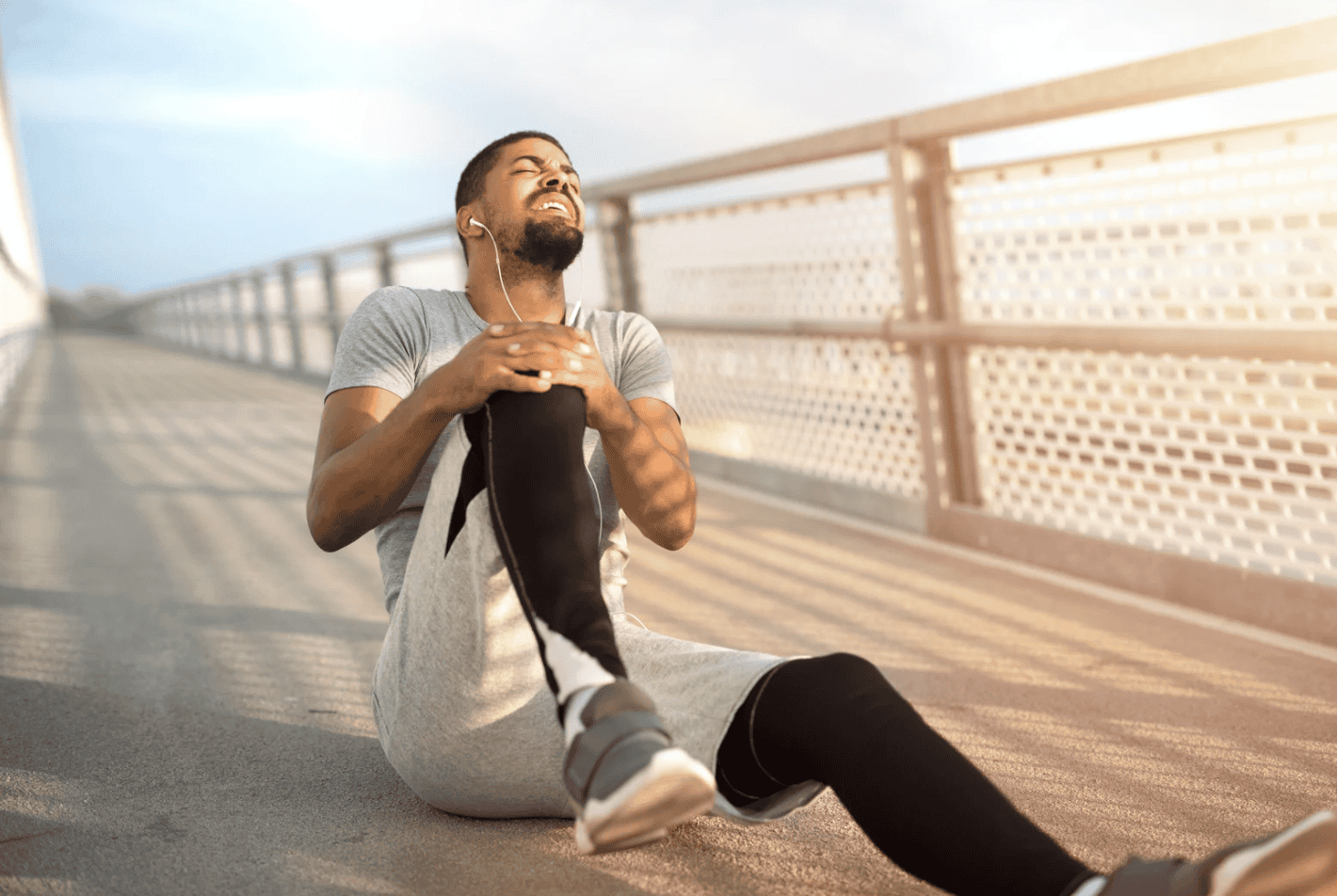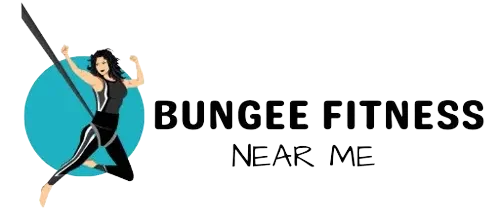Healing and Strength: Smart Recovery Tips for Fitness Injuries

Injuries in fitness can often feel discouraging and interrupt your progress. Whether you’re a seasoned athlete or just starting your fitness journey, dealing with pain or limited mobility can be frustrating and discouraging. However, with the right approach, recovery isn’t just about healing—it’s also about coming back stronger and smarter. Understanding how to treat common fitness injuries properly and support your body’s recovery process is essential for long-term success.
These recovery tips for fitness injuries should get you back on track quickly.
Understanding Fitness Injuries
Fitness injuries typically fall into two main categories: acute injuries and overuse injuries. Acute injuries happen suddenly—think of a sprained ankle, pulled muscle, or torn ligament during a workout. Overuse injuries, on the other hand, develop gradually from repetitive motion or improper technique. Conditions like tendon irritation, shin pain, and small bone fractures are common examples.
Regardless of the type, the key to recovering from an injury is to listen to your body and respond early. Ignoring pain or pushing through it may worsen the problem, turning a minor issue into a long-term obstacle.
Immediate Steps After Injury
As soon as an injury happens, it’s important to halt any activity right away. Continuing to move or train on an injured muscle or joint can increase the severity of the damage. Apply the R.I.C.E. method in the early phase:
- Rest: Refrain from applying pressure or load to the affected area.
- Ice: Apply a cold pack for 15–20 minutes every few hours to reduce swelling and numb pain.
- Compression: Use a bandage or wrap to control inflammation.
- Elevation: Keep the injured part elevated higher than your heart to help reduce swelling.
If pain persists, mobility is restricted, or swelling worsens, seek medical advice promptly. Some injuries may require imaging, physical therapy, or more advanced treatment.
Managing Pain During the Initial Injury Stage
In the early phase following an injury, it’s important to reduce pain and inflammation to prevent further harm. Alongside traditional methods like rest, ice, compression, and elevation, many people are turning to natural remedies.
Some find relief using cannabis flower, which can offer pain reduction and inflammation control. Consulting with knowledgeable professionals at trusted dispensaries can help you select the right strain and product, allowing for a personalized and holistic approach to managing acute pain.

Rest Without Becoming Inactive
Though rest is important, staying entirely inactive may actually slow down the recovery process. Once the initial inflammation has subsided and you’re cleared by a healthcare professional, light movement can actually support healing. Active recovery, which includes gentle stretching, walking, or low-impact exercises like swimming, can maintain circulation and prevent stiffness.
The goal is to strike a balance: protect the injured area, but don’t neglect the rest of your body. Cross-training, under guidance, can help you stay active while avoiding further strain.
Nutrition Plays a Role in Recovery
Fueling your body properly is a powerful and often overlooked aspect of injury recovery. Protein-rich foods support muscle repair, while anti-inflammatory foods—such as leafy greens, berries, turmeric, and fatty fish—can help reduce pain and speed healing. Staying hydrated is equally important, as dehydration can slow down tissue repair and increase muscle fatigue.
Supplements like vitamin C, vitamin D, magnesium, and omega-3 fatty acids may support recovery, but it’s always best to consult with a healthcare provider before starting any new supplement regimen.
The Importance of Sleep
The body carries out much of its repair work during sleep. In the deeper stages of rest, it releases growth hormones that are vital for rebuilding tissues and aiding muscle recovery. Aim for 7–9 hours of sleep per night and avoid caffeine or screens before bedtime to encourage restful, uninterrupted sleep.
Mindful Movement and Physical Therapy
After the initial pain subsides, structured movement becomes essential. Engaging in physical therapy or following a structured rehab program can improve mobility, rebuild strength, and enhance flexibility. Skipping this phase or rushing through it can increase your risk of re-injury.
Working with a qualified physical therapist or trainer can help you correct improper movement patterns, build supportive strength around the injury site, and gradually return to full activity.
Mental Resilience Matters
Injury recovery isn’t just physical—it’s mental. Feeling sidelined can take a toll on motivation and confidence. It’s important to keep a positive mindset, set realistic goals, and celebrate small wins along the way. Journaling your progress, practicing mindfulness, or staying connected with your fitness community can help maintain focus and optimism during the healing process.
Preventing Future Injuries
Recovery isn’t just about healing—it’s also about learning. To prevent future injuries:
- Warm up and cool down properly during every workout.
- Focus on form and technique, especially with resistance training or high-impact exercises.
- Incorporate flexibility and mobility work into your routine.
- Don’t skip rest days—they’re essential for growth and repair.
Listening to your body is perhaps the most powerful prevention tool you have. Pain is your body’s way of signaling that something isn’t right. Respect those signals and adjust accordingly.
Final Thoughts
Getting injured is often part of staying active, but it doesn’t mean your goals have to be put on hold. With the right strategy, patience, and mindset, you can recover effectively and return to your workouts stronger than before. Healing and strength go hand in hand—and by investing in smart recovery habits, you’re building a more resilient, long-lasting foundation for your fitness goals.
